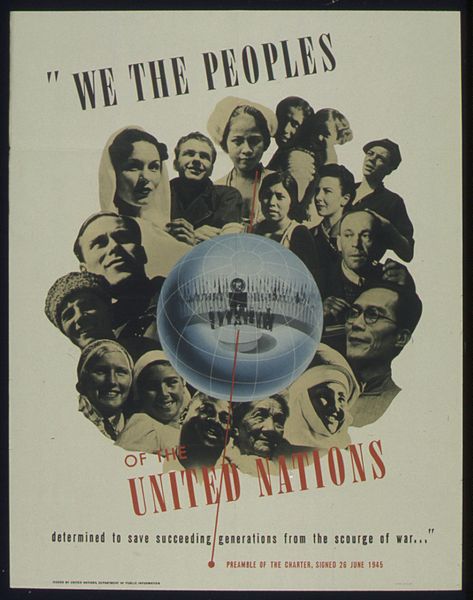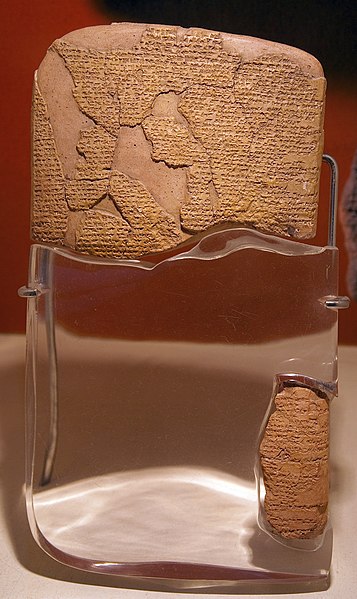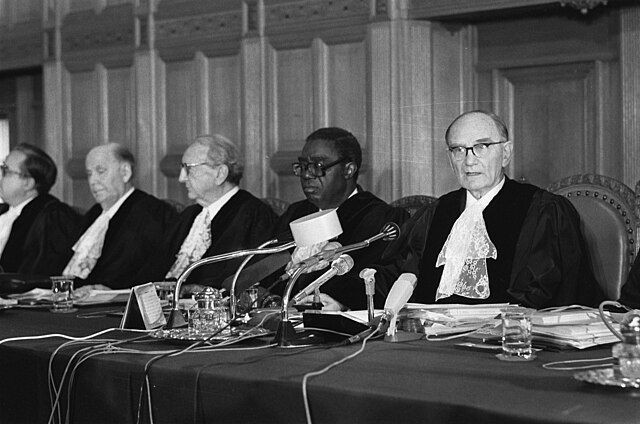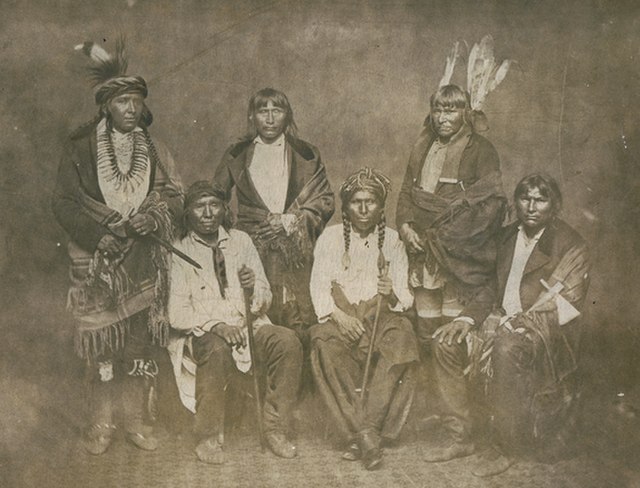Charter of the United Nations
The Charter of the United Nations (UN) is the foundational treaty of the United Nations. It establishes the purposes, governing structure, and overall framework of the UN system, including its six principal organs: the Secretariat, the General Assembly, the Security Council, the Economic and Social Council, the International Court of Justice, and the Trusteeship Council.
UN Charter
The United Nations Office at Geneva (Switzerland) is its second biggest centre after the UN headquarters in New York City.
United States World War II poster containing the Preamble to the Charter of the United Nations
World War II poster with the first line of the Preamble, "We the peoples of the United Nations"
A treaty is a formal, legally binding written contract between actors in international law. It is usually made by and between sovereign states, but can include international organizations, individuals, business entities, and other legal persons.
The Egyptian–Hittite peace treaty, on display at the Istanbul Archaeology Museum, is believed to be the earliest example of any written international agreement of any kind.
The signing of the Geneva Conventions in 1949. A country's signature, through plenipotentiaries with "full power" to conclude a treaty, is often sufficient to manifest an intention to be bound by the treaty.
The International Court of Justice is often called upon to aid in the interpretation or implementation of treaties.
A treaty delegation of the Mdewakanton and Wahpekute indigenous tribes to Washington, D.C. (1858)








